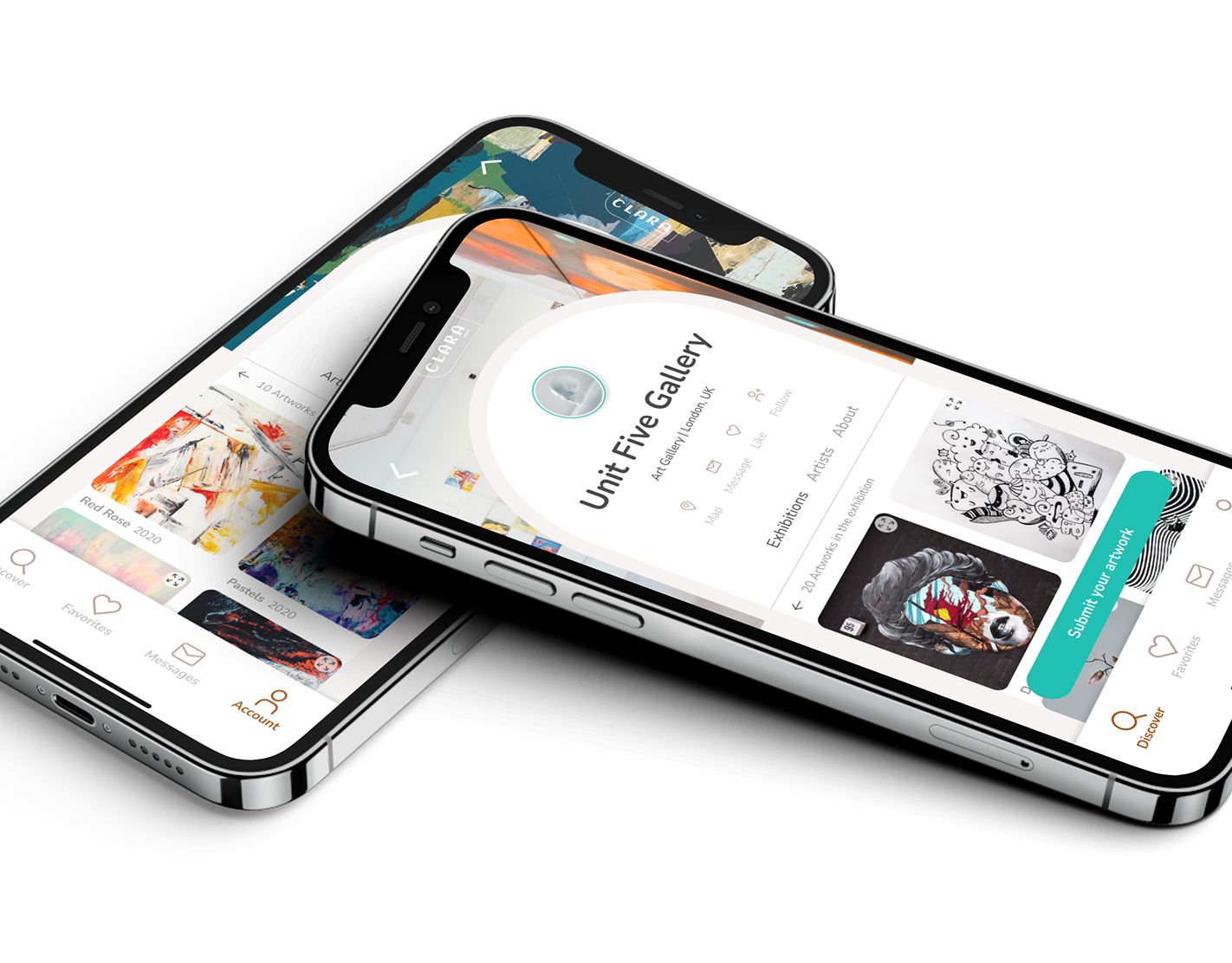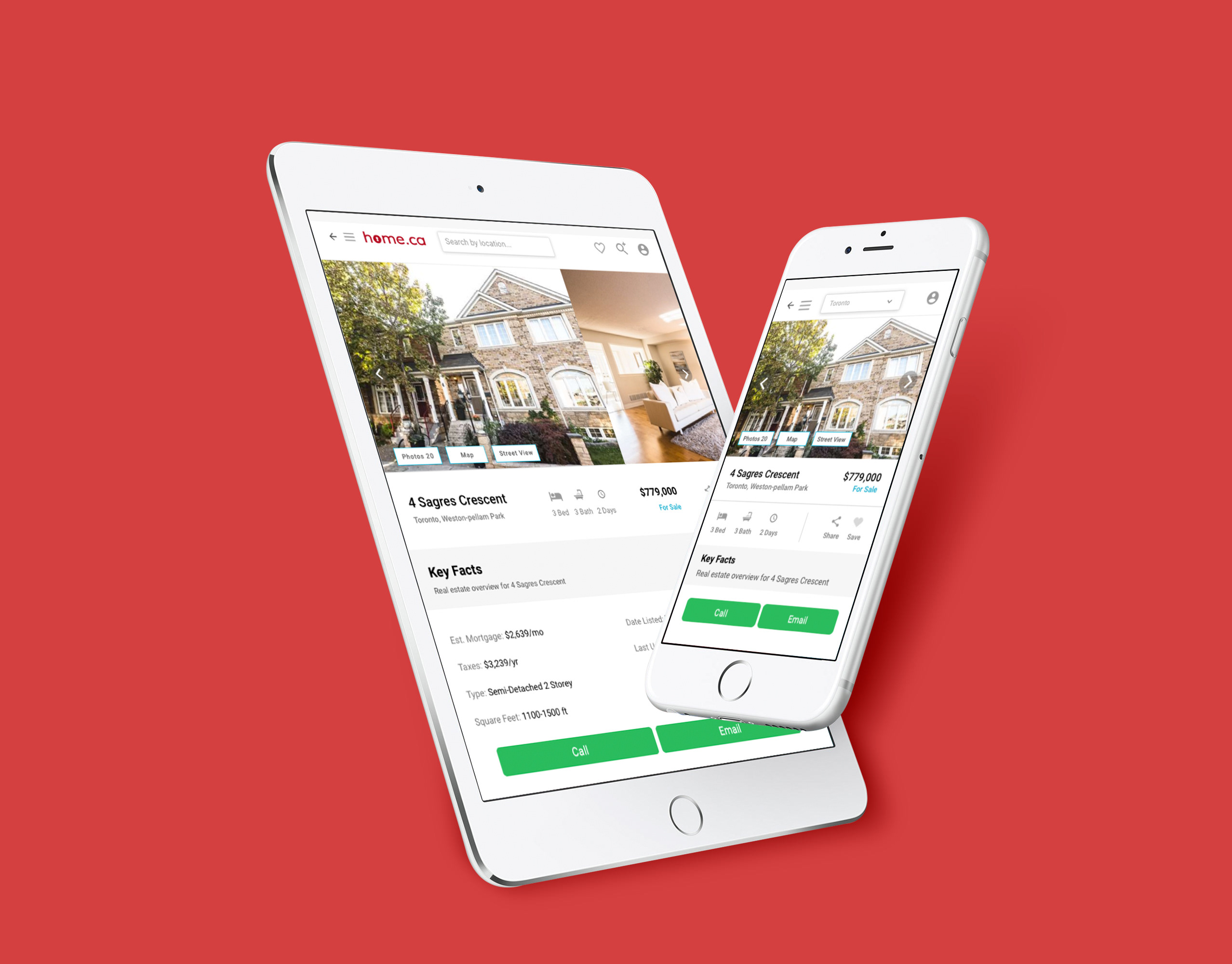Project Overview
Project type: Hackathon - March 2021
Timeline: 24 Hours
Role: UX Researcher, Design Strategy, UI/UX Designer
Project Description
Collaborated with data scientists, web developers and other UX designers in a 24 hour hackathon challenge to create an innovative solution that explores breaking the barriers of entry for entrepreneurs in different international markets.
Shopify An Industry Leader
● The fastest-growing online store builder
● The most searched eCommerce solution by users on the Internet
● Steady merchant growth since 2012, from 42,000 merchants in that year to 1.75 million today
Problem Statement
First time Shopify European entrepreneurs feel excluded by the platform’s North American focus. They struggle with translation of customer service help and app integration.
The problem space we were presented with was “How might Shopify better leverage its ecosystem to make entrepreneurship more accessible than ever before?” or “How can you imagine Shopify using its ecosystem to help lower the barrier to entrepreneurship in entirely new regions, demographics and business sectors?"
As we began our research, we noted Shopify’s expansion into European markets and user reviews from European Shopify merchants that expressed feeling excluded by the Shopify’s North American focus. So we decided to narrow our problem space to focus on those European entrepreneurs.
Research
We discovered that a lot of user frustration came from dissatisfaction with Shopify customer service, particularly that the same products and systems that are available to North American users are not available to users in other countries. Additionally users wanted easy access to live customer support from Shopify. Poor customer service can lead to huge losses annually. Many of these disgruntled Shopify customers explained how they had left the platform for this reason.
With this research in mind, we authored a how might we statement - How might we better support first time European entrepreneurs in order to remove barriers to e-commerce and run successful online businesses?
As we began envisioning who our users might be, we found that 44% of US eCommerce merchants are women, and 90% are 30 years and older. So we created Hana, a 37 year old German boutique owner and entrepreneur. She wants to build an online store to increase her customer base. Her main pain point is that she needs help with setting up the online shop and would like some guidance and easy customer service.
So, what does Hanna’s journey look like when trying to set up her store? She creates an account and goes through the onboarding process and decides she needs support right away. She feels overwhelmed by the amount of information available. She tries to access Shopify help centre but the user interface makes it difficult for her to find where to click. She finally lands on Shopify Help centre and fills the form out to be called back but is notified that the service is not currently available.
So what would a solution for Hanna look like? A chatbot as a first point of contact guiding her through customer service and support in different languages, while adjusting the user interface to facilitate easy navigation.
From there we began sketching out ideas for an adjusted dashboard with a chat bot integration.
When building our designs we used the Shopify Polaris design system including colours, typography, and components from the UI library.
Below is a Before and After screen of the main user dashboard. On the left we show the current design with a list view of categories that may confuse users. On the right we have the redesign that leads the user through how to get started building a Shopify store, step by step. Users like Hana can also have easy access to payment set up, support and the app store and she can ask a ‘quick question’ and access the chat bot for immediate support and guidance. This bridges the gap that currently exists when merchants seek immediate support.
The data required to build and start the AI bot will be from the existing Shopify Help Center, which is data that is already available within the company to train the model. As for the data generated from chat bot, we can extract insights using machine learning techniques like Natural Language Processing, Clustering etc.
Here is a demo of our prototype. Hanna is greeted by the dashboard where she can easily see her options when starting her Shopify store. She can also easily access the support page without navigating through multiple menus. But most immediately she can ask a quick question. Here we can see Hanna access the chat bot and ask a specific question. The bot understands what stage Hanna is at in her site build and can offer links to resources. The bot also offers to connect her with a support representative.







